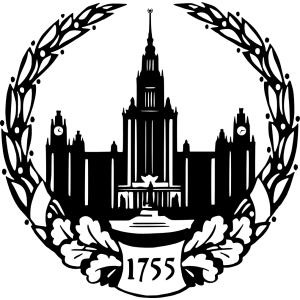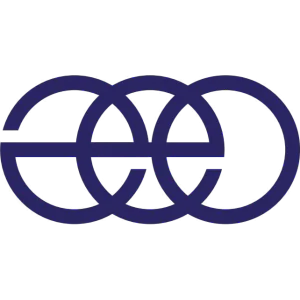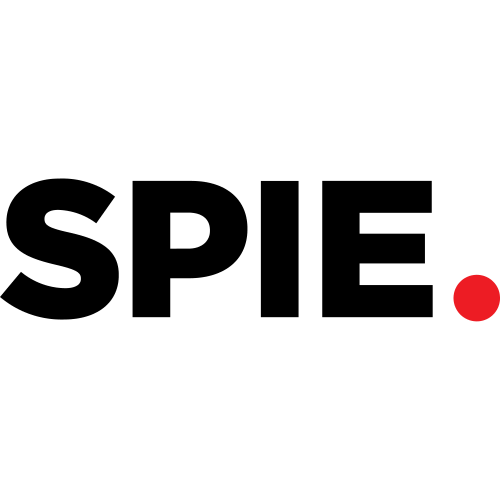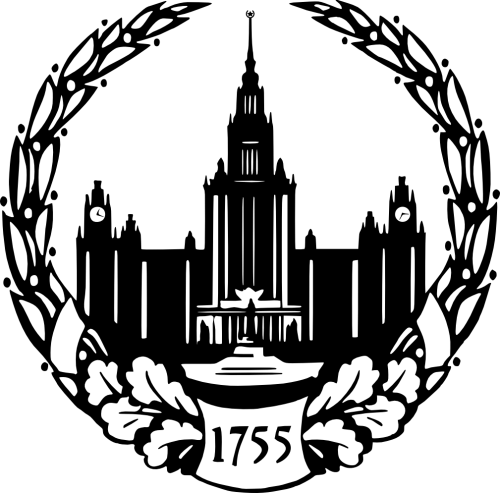
Kira Chevel
🤝
🤝
Kira is looking for opportunities for scientific collaboration
If you would like to do joint research with him/her, write a message or contact him/her on social media.
Authorization required.
Publications
1
Citations
0
h-index
0
Research interests
Aquatic ecosystems
Chromatography
Cold plasma
Ecology
Environmental Science
Environmental monitoring
Geochemistry
Geography
Hydrochemistry
Hydrology
Laser spectroscopy
Oceanology
Physical Chemistry
Plasma technologies
Quantum mechanics
Spectroscopy
Wastewater treatment
Water quality
Water resources
Water treatment
Skills
Atomic adsorption spectrophotometry
Catchment hydrology
Chemical analysis of water samples
CorelDraw
Digital signal processing from radiation detectors
Emission spectroscopy
Expertise
Geant4
Hydrology
IR spectroscopy
Ion beam analysis
Ion exchange chromatography
LA ICP MS
LIBS
Mass Spectrometry
Methods of investigation of the substance
Methods of mathematical statistics in analytical chemistry
NumPy
Object Detection
OriginLab
Python
QGIS
STATISTICA
SciPy
Scientific writing
Spectrophotometry
Spectroscopic methods
Student Leadership
UV-vis absorption spectroscopy
Found
Nothing found, try to update filter.
Found
Nothing found, try to update filter.
Total publications
1
Total citations
0
Citations per publication
0
Average publications per year
1
Average coauthors
6
Publications years
2016 (1 year)
h-index
0
i10-index
0
m-index
0
o-index
0
g-index
0
w-index
0
Metrics description
h-index
A scientist has an h-index if h of his N publications are cited at least h times each, while the remaining (N - h) publications are cited no more than h times each.
i10-index
The number of the author's publications that received at least 10 links each.
m-index
The researcher's m-index is numerically equal to the ratio of his h-index to the number of years that have passed since the first publication.
o-index
The geometric mean of the h-index and the number of citations of the most cited article of the scientist.
g-index
For a given set of articles, sorted in descending order of the number of citations that these articles received, the g-index is the largest number such that the g most cited articles received (in total) at least g2 citations.
w-index
If w articles of a researcher have at least 10w citations each and other publications are less than 10(w+1) citations, then the researcher's w-index is equal to w.
Top-100
Journals
|
1
|
|
|
Proceedings of SPIE - The International Society for Optical Engineering
1 publication, 100%
|
|
|
1
|
Publishers
|
1
|
|
|
SPIE-Intl Soc Optical Eng
1 publication, 100%
|
|
|
1
|
Organizations from articles
|
1
|
|
|
Lomonosov Moscow State University
1 publication, 100%
|
|
|
1
|
Countries from articles
|
1
|
|
|
Russia
|
Russia, 1, 100%
Russia
1 publication, 100%
|
|
1
|
- We do not take into account publications without a DOI.
- Statistics recalculated daily.
This section displays the profiles of scientists registered on the platform. To display the full list, invite your colleagues to register.





